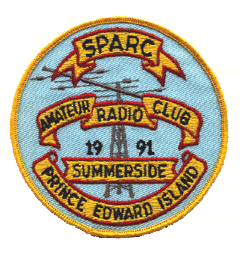SFI = 98
A index = 7
K index = 5
SSN = 39
THE BREEZE FROM A PASSING CME: A CME passed close to Earth on July 1st. It did not directly strike our planet’s magnetic field. Instead, it made itself known by “snowplowing” some dense plasma in our direction. Here are the data. The near miss caused geomagnetic unrest that could develop into G1-class storming on July 2nd.
NOAA STI
:Product: Geophysical Alert Message wwv.txt
:Issued: 2022 Jul 02 0610 UTC
# Prepared by the US Dept. of Commerce, NOAA, Space Weather Prediction Center
#
# Geophysical Alert Message
#
Solar-terrestrial indices for 01 July follow.
Solar flux 98 and estimated planetary A-index 7.
The estimated planetary K-index at 0600 UTC on 02 July was 5.
Space weather for the past 24 hours has been minor.
Geomagnetic storms reaching the G1 level occurred.
Space weather for the next 24 hours is predicted to be minor.
Geomagnetic storms reaching the G1 level are expected.
NOAA Alerts
Space Weather Message Code: ALTK05
Serial Number: 1397
Issue Time: 2022 Jul 02 0601 UTC
ALERT: Geomagnetic K-index of 5
Threshold Reached: 2022 Jul 02 0559 UTC
Synoptic Period: 0300-0600 UTC
Active Warning: Yes
NOAA Scale: G1 – Minor
NOAA Space Weather Scale descriptions can be found at
www.swpc.noaa.gov/noaa-scales-explanation
Potential Impacts: Area of impact primarily poleward of 60 degrees Geomagnetic Latitude.
Induced Currents – Weak power grid fluctuations can occur.
Spacecraft – Minor impact on satellite operations possible.
Aurora – Aurora may be visible at high latitudes, i.e., northern tier of the U.S. such as northern Michigan and Maine.
